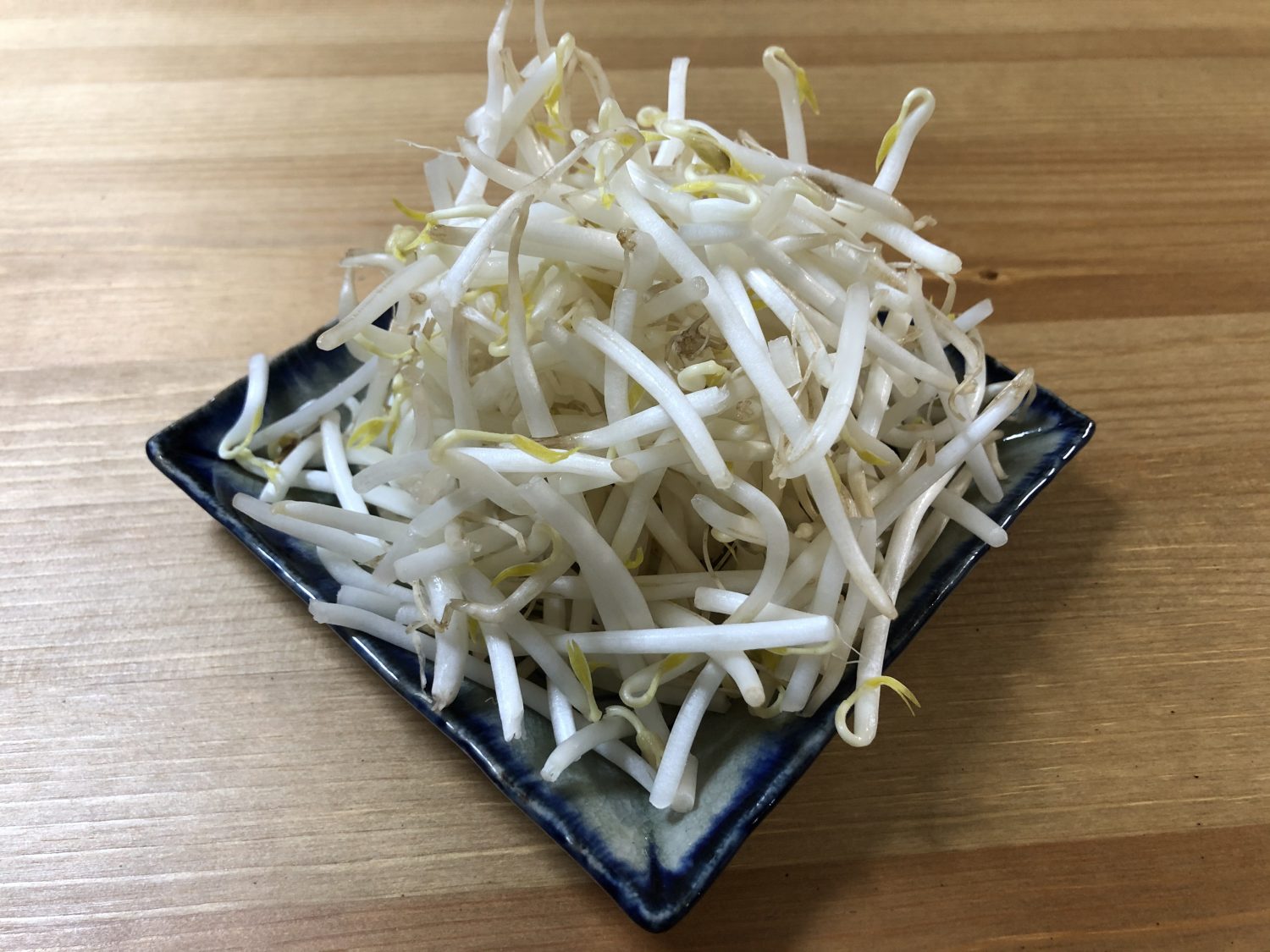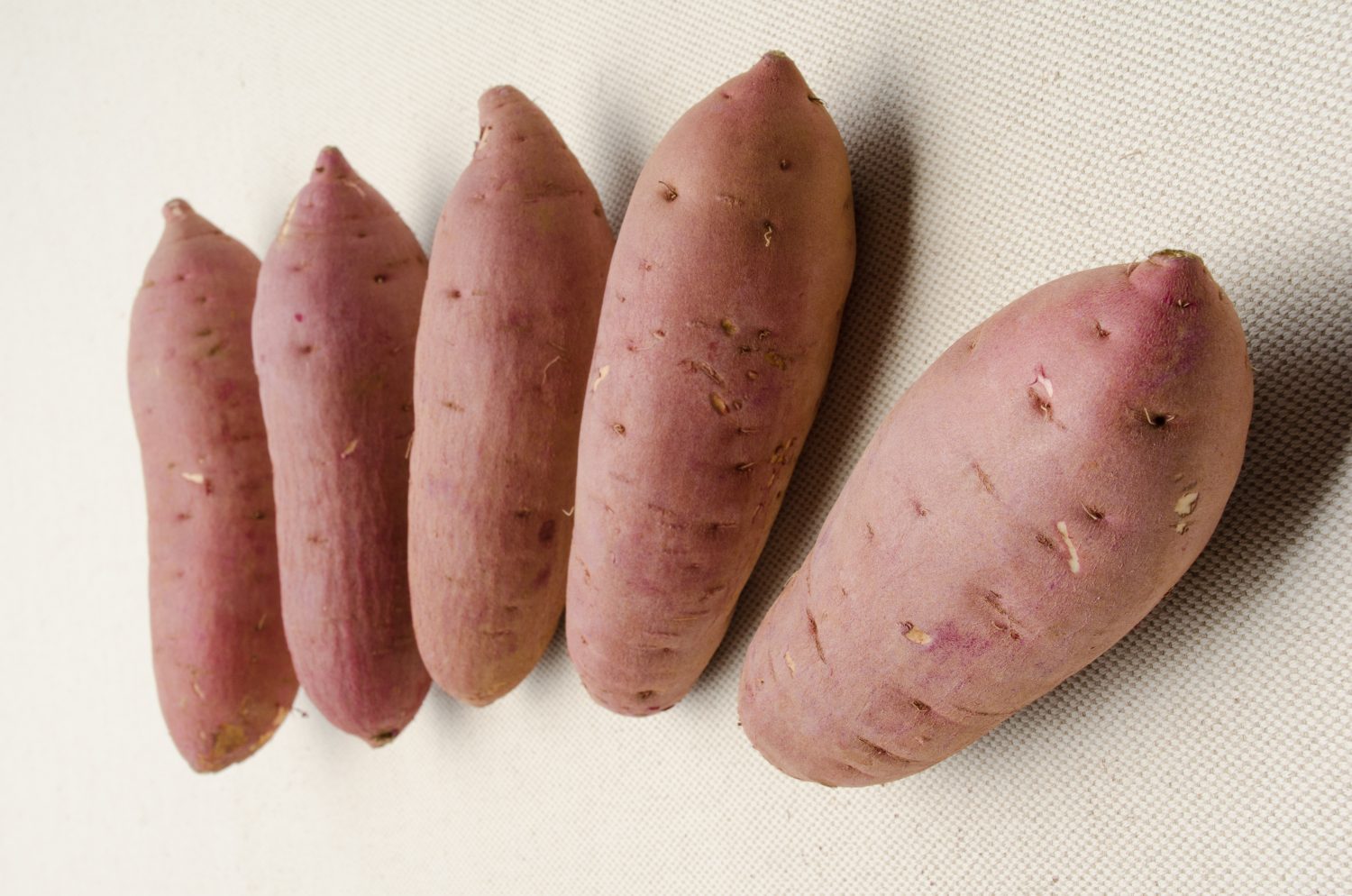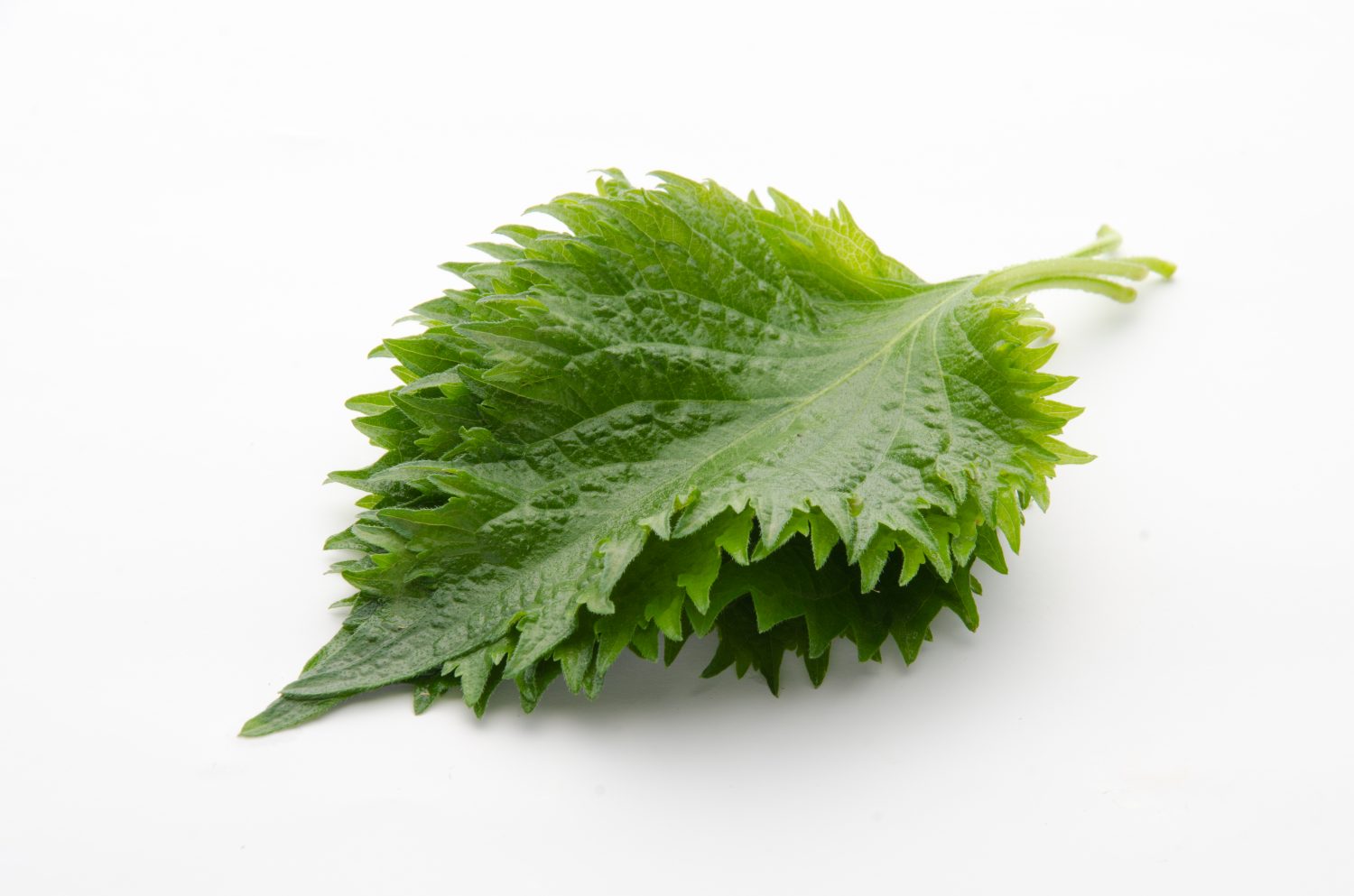White onion

Quality that speaks for itself
・About Oita’s white scallions
Oita’s white scallions are produced in Bungotakada, a city situated on the north-western side of the Kunisaki Peninsula. The cultivation fields stretch across the coastlines facing the Suo-nada Sea, where scallions’ aromas drift along the sea breeze. The fields, laid out in a grid pattern in an even landscape, are reclaimed land that were worked laboriously by past residents from the Edo Period right through to the Showa Period. Championing in both quality and production volume, the region is currently west Japan’s top production place for white scallions, an achievement that can be partially attributed to the site’s sandy soils that were once coastal land. The region became a nationally designated producer for autumn and winter white scallions in 1967, with planting areas expanding year by year ever since. Grown in mineral rich earth, local white scallions of top quality continue to thrive under the skills and dedication of farmers whose passion for production and branding transcend generations. The scallions are grown on reclaimed land with altitudes as low as 0m to highlands with altitudes reaching 900m, and stable supply throughout the year is realized through the practice of relay shipment.
・Grown in mineral-rich earth
Reclaimed lands lying 0m above sea level are the perfect location for growing white scallions, providing mineral-rich and moist soils that allow continuous cropping. Nobuyuki Akiyoshi, who looks after white scallions planted on fields stretching across 4 hectares, is a second-generation white scallion farmer. With different varieties of delicious white scallions produced year-round, Mr. Akiyoshi is at his busiest in autumn and winter, when the scallions are at their sweetest and most flavorful. The scallions are planted in rows of tall, earthy furrows, handpicked one by one upon maturation. They are named as such since the white portion of the plant determines product quality, with local standards asserting that the said portion be of 30cm or above in length. The beautiful contrast between the straight, glossy white stem and vivid green leaves demonstrate the skills of the producer, who repeatedly cover the roots of the scallions with soil little at a time to maximize the length of the white portion. Summer is the season when pests run rampant, and calls for the utmost care so that the produce are raised under conditions with minimal pesticides. ‘These are not just gifts bestowed by excellent soil,’ says Mr. Akiyoshi, ‘they also involve the producer’s attention in administering fertilizers and cultivation methods.’ Mr. Akiyoshi is passionate about his daily work on the farm, and hopes that more people will come to know of his prized white scallions.
・Stable year-round supply realized through relay cropping
To ensure year-round supply and circumvent the issue of reduced production volumes in summer, producers have expanded acreage to highland areas such as the Iida Highlands in Kokonoe. ‘Winter by the coast, summer by the highlands’ ? following such relay cropping arrangements, stable supply is achieved. Branded under the name ‘Oita White Scallions’ from January 2012, the product has since been sold collectively by the JA Group. The Oita Prefecture is working to enhance the brand’s power through various means, such as constructing cultivation plans in accordance to consumer needs, providing stable supply to major consumption areas, and maintaining uniform quality between products from different producers. Oita, a great production hub founded on the histories of pioneers who built everything up from scratch, continues to nurture ambitious individuals who carry on the legacy of those before us. We are hoping that Oita’s white scallions, praised highly for its firm, juicy body packed with sweetness, will continue to gain visibility on the national stage.
Land of wonders
・Home of the historical Rokugo Manzan
Receiving strong influences from the Usa Jingu, the presence of shoen (Japanese manors) became ubiquitous in Bungotakada from the Heian Period. Even today, the air of the city is still tinged heavily with the character of rural landscape where nature and human activities meld as one. Against this powerful economic backdrop, the unique Shintoism-and-Buddhism fusion of ‘Rokugo Manzan’ was born through the concurrent practice of Buddhism and ancient nature worship. The tradition has been inherited with care ? visitors may inspect the national treasure Fukiji Temple, the national important cultural property yamantaka statue at the Makiodo Temple, the cultural property Kumano Magaibutsu relief carvings as well as numerous stone pagodas and Buddhist carvings placed in open fields.
・White scallion farming utilizing reclaimed land
Thanks to favorable farming conditions delivered by the warm Seto Inland Sea climate, the region has enjoyed agricultural prosperity since ancient times. The white scallion, in particular, has done exceptionally well, with the region championing as west Japan’s top production place. The fields are reclaimed land that were constructed in the Edo and Showa periods, and produces sweet and flavorful white scallions in its mineral-rich soils.
White onion
- Shipping time
- Year-round
- Transportation form
- Refrigerated
- Contact
- Oitaken Agricultural Co-operatives


